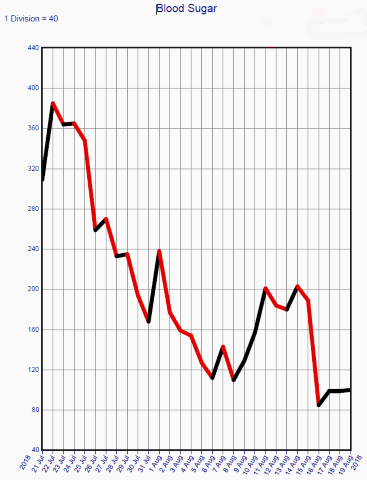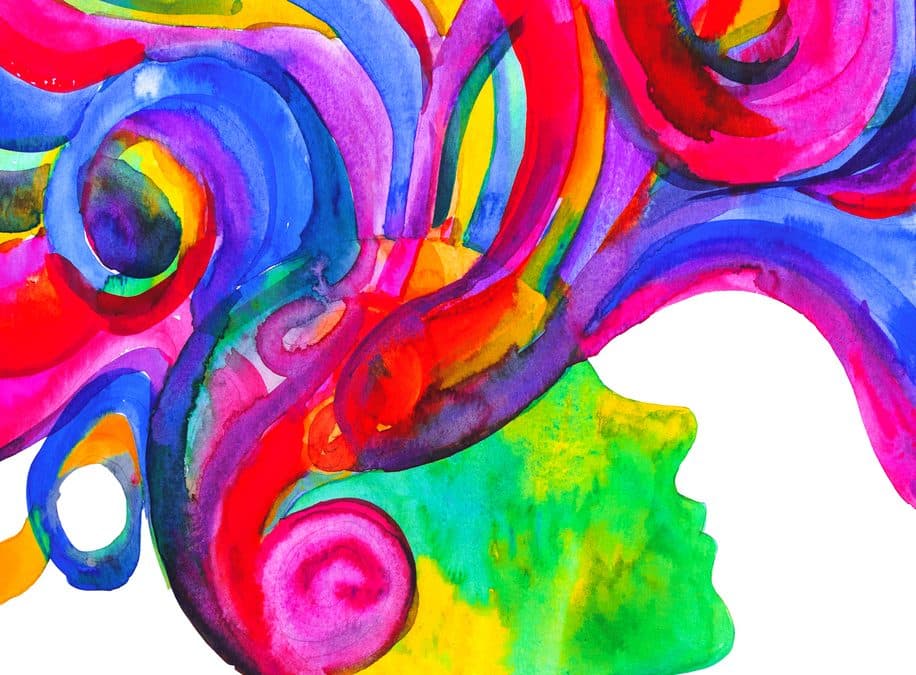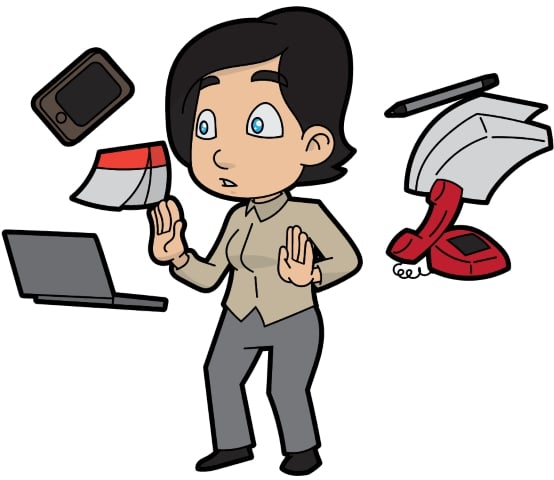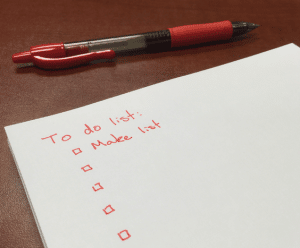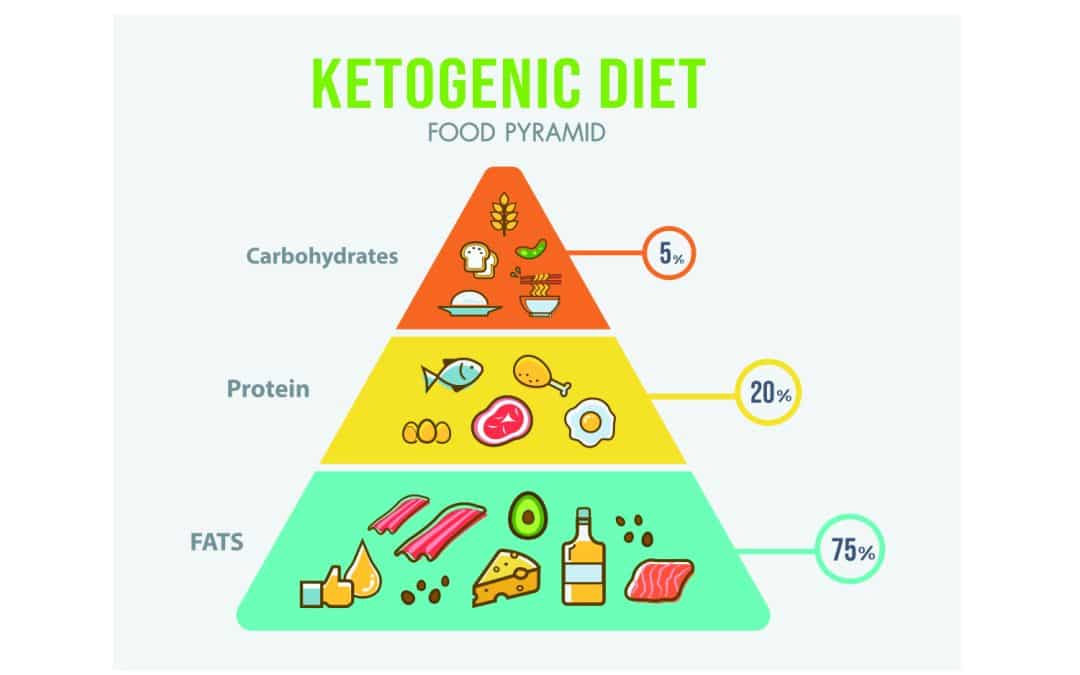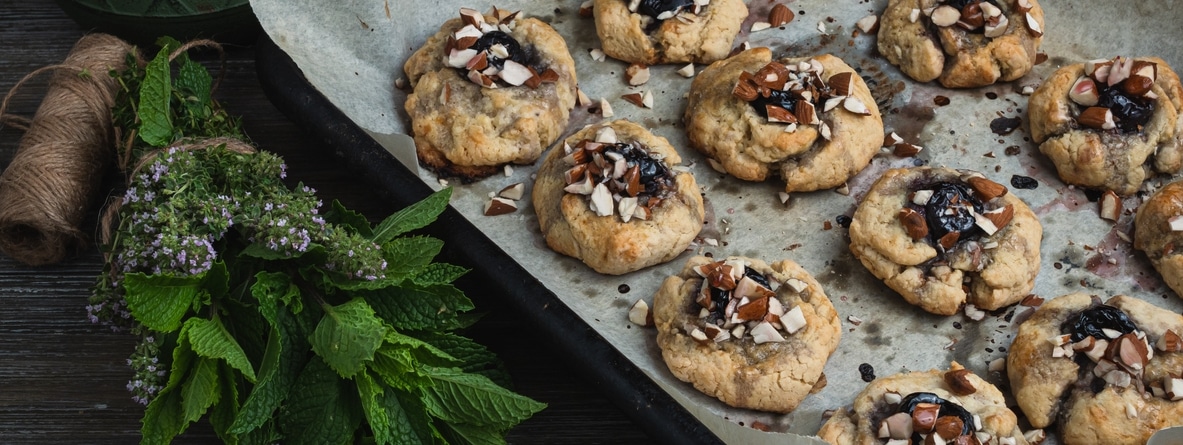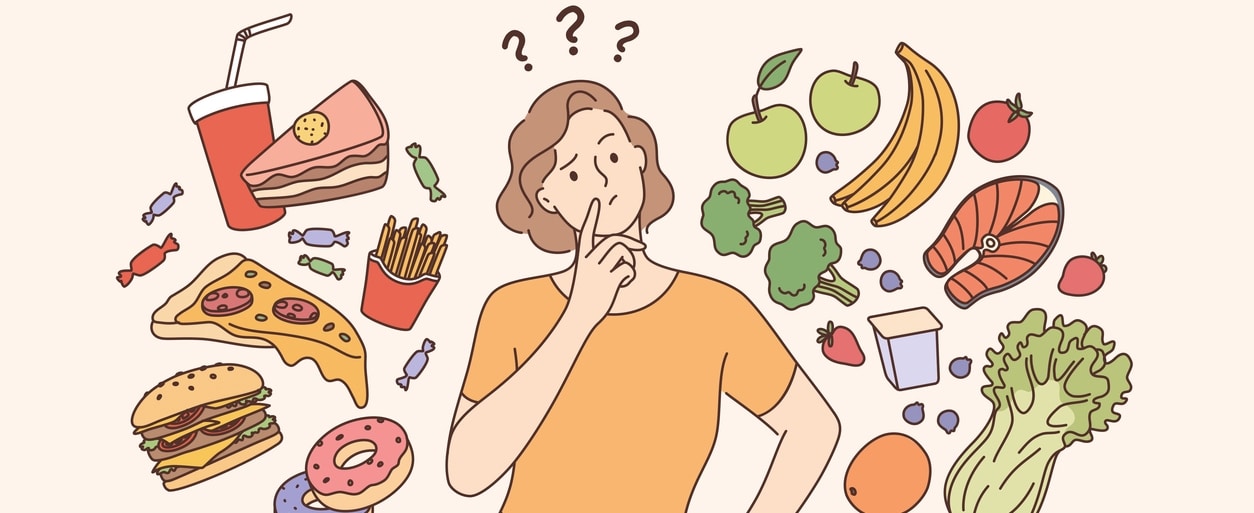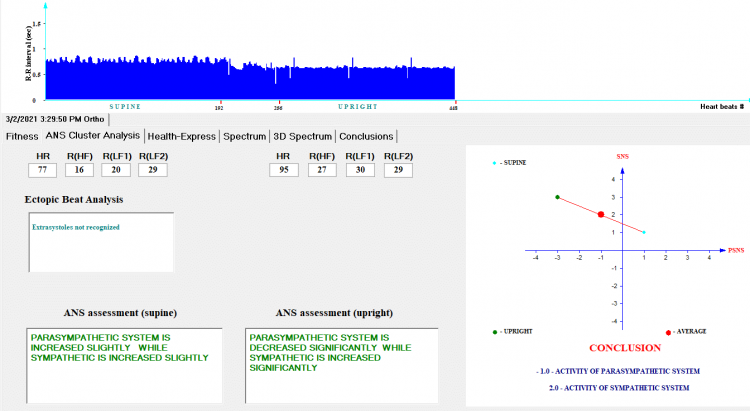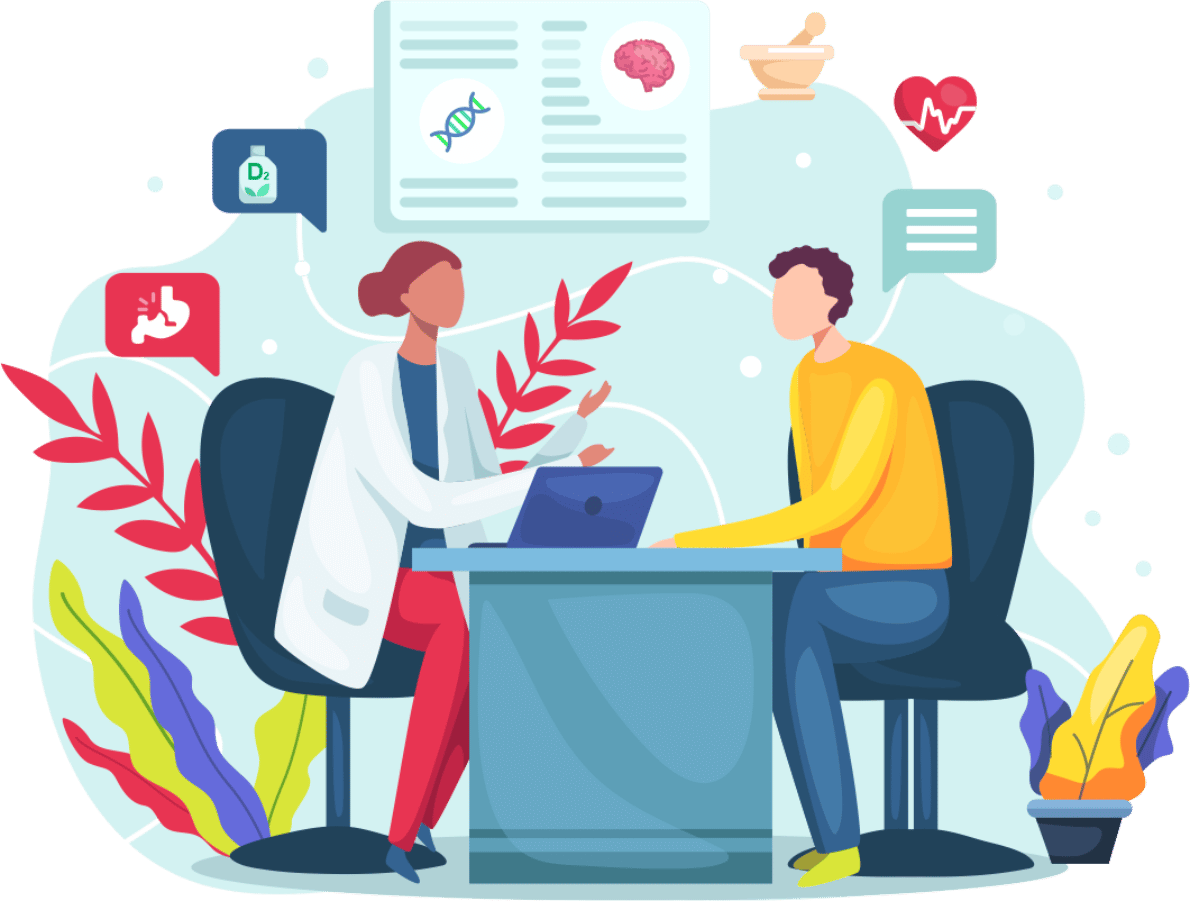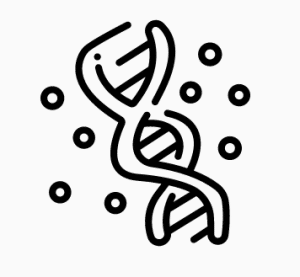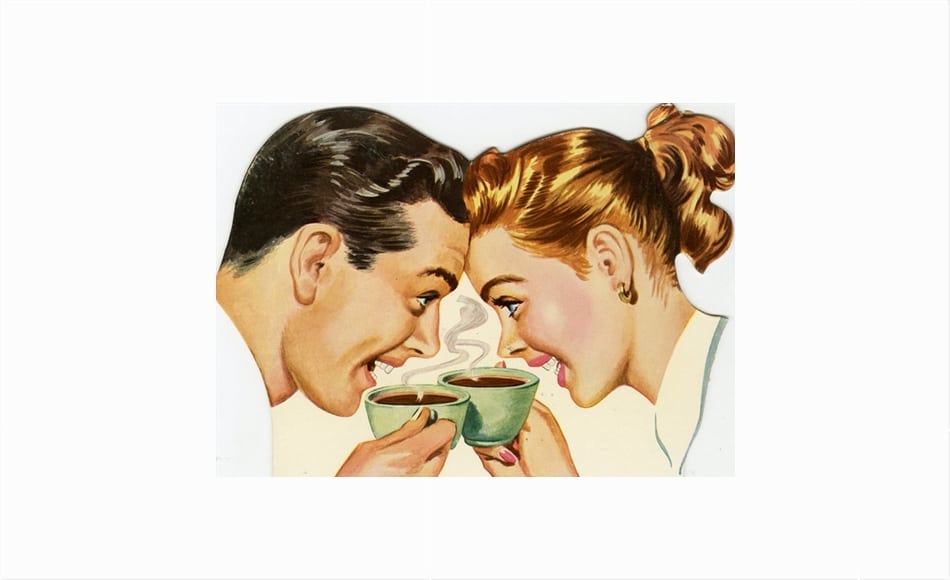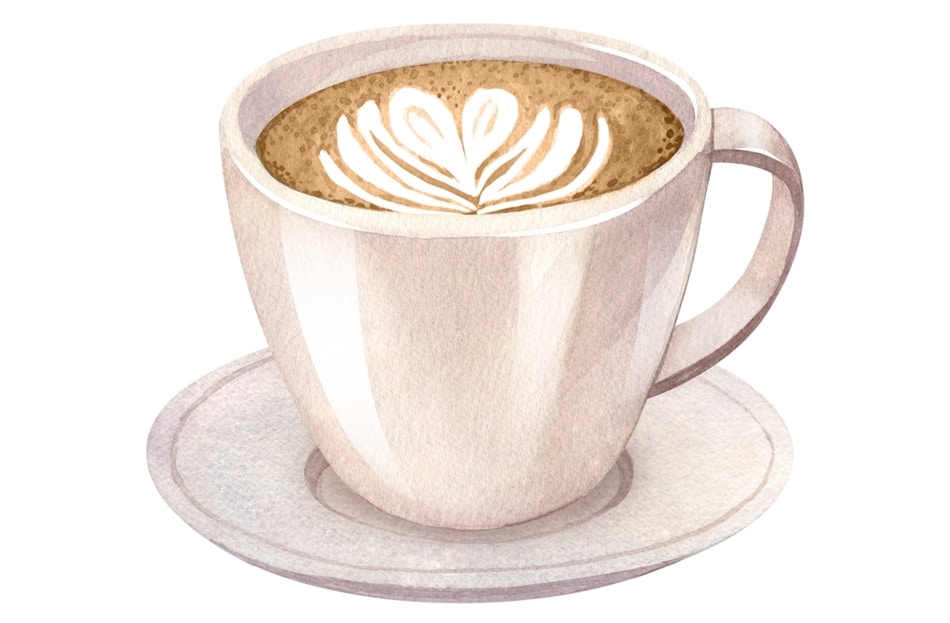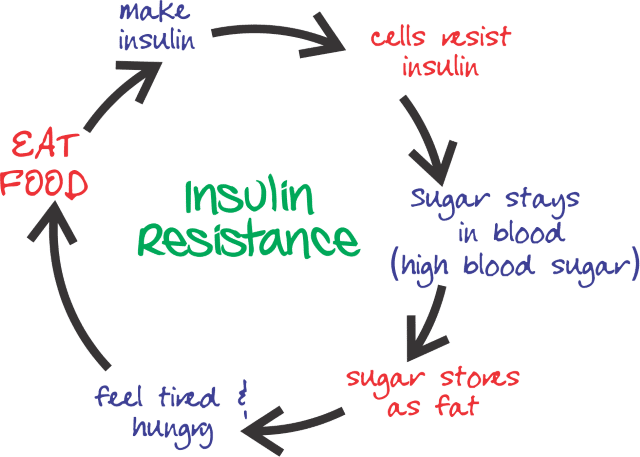
Insulin Resistance: More Dangerous Than High Cholesterol
Insulin Resistance– More Dangerous Than High Cholesterol
Contrary to what most people have been told, elevated cholesterol is not the villain it has been made out to be.
Unfortunately, many people are chasing the wrong criminal when it comes to improving health outcomes.
The medical literature is exploding with the dangers of insulin resistance in increasing cardiovascular disease and other disease entities.
It is reported that chronic insulin resistance is also associated with various types of cancer such as colorectal cancer, pancreatic cancer, endometrial cancer, and breast cancer.
Insulin resistance is when cells in your muscles, fat, and liver don’t respond well to insulin and can’t use glucose from your blood for energy. To make up for it, your pancreas makes more insulin. Over time, your blood sugar levels go up.
How to Change the Direction of Your Health
Read: The Trail Out of Diabetes, Blood Pressure, Heart Disease & Obesity
Some signs of insulin resistance include:
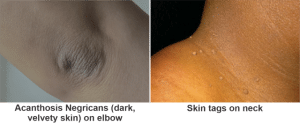
- A waistline over 40 inches in men and 35 inches in women
- Blood pressure readings of 130/80 or higher
- A fasting glucose level over 100 mg/dL
- A fasting triglyceride level over 150 mg/dL
- Fasting insulin greater than 6
- A HDL cholesterol level under 40 mg/dL in men and 50 mg/dL in women
- Skin tags
- Patches of dark, velvety skin called acanthosis nigricans
Effective Treatment for Insulin Resistance
Carbohydrates such as simple sugars, grains, and starchy vegetables should be avoided as they stimulate insulin secretion. They should be replaced with higher protein-containing foods and non-starchy vegetables.
Adequate vitamin D intake
Aerobic and resistance training–High-Intensity Interval Training (HIIT) has been found to be superior to low-intensity cardio. Of course, I suggest that people completely out of shape work their way up to HIIT. Start out slow. Some exercise is better than none.
Get adequate sleep.
Reduce stress– meditation is recommended.
Get adequate magnesium intake.
Take Berberine supplementation.
Conclusion
I recommend one take insulin resistance very seriously. The implications of being associated with increased cardiovascular disease and cancer are overwhelming. The following robust list of peer-reviewed citations should be reviewed. I have provided above a good starting point in reversing insulin resistance.
Ronald Grisanti D.C., D.A.B.C.O., DACBN, MS, CFMP
Compliments from Functional Medicine University
References:
https://cardiab.biomedcentral.com/articles/10.1186/s12933-018-0762-4
https://www.ncbi.nlm.nih.gov/pmc/articles/PMC380256/
https://pubmed.ncbi.nlm.nih.gov/31336505/
https://www.nature.com/articles/nrendo.2014.29
https://www.hindawi.com/journals/jdr/2012/789174/
https://erc.bioscientifica.com/view/journals/erc/19/5/F1.xml
https://www.ncbi.nlm.nih.gov/pmc/articles/PMC6520736/
https://www.ncbi.nlm.nih.gov/pmc/articles/PMC3719226/
https://clinical.diabetesjournals.org/content/36/3/217
https://pubmed.ncbi.nlm.nih.gov/10683091/
https://care.diabetesjournals.org/content/26/4/1147
https://pubmed.ncbi.nlm.nih.gov/15319146/
Subscribe Now! Get More Health Info
Insulin Resistance (Blood Sugar) Success!
- Out of control blood sugar issues
- Lousy diet
- Exhausted
SIX WEEKS LATER:
- Normal range blood sugar
- On REDUCED blood sugar medications
- Exercising regularly without becoming exhausted!
AWESOME!
Dr. Billiot’s treatments are great!
